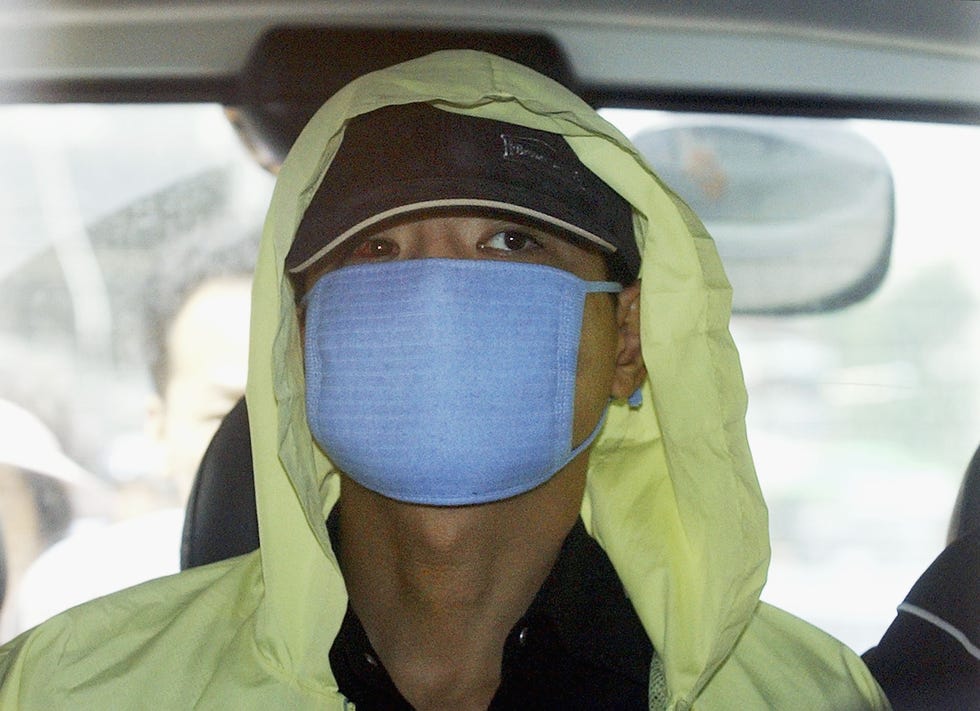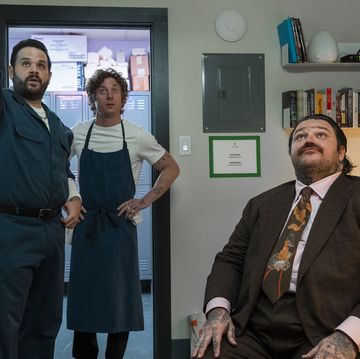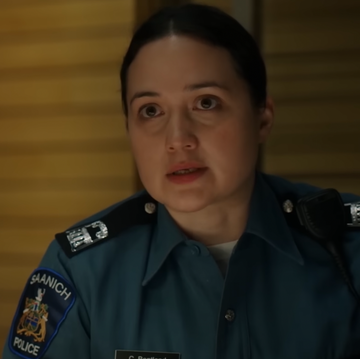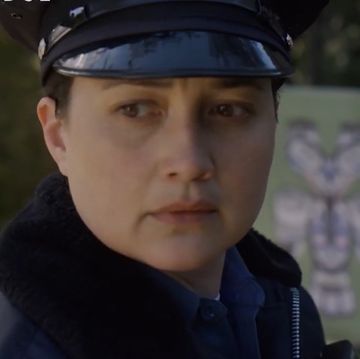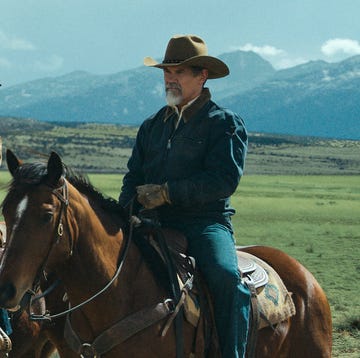His first murders were families—entire families—in their own homes. Yoo Young-chul broke into four residences of wealthy Seoul residents in the fall of 2003, bludgeoning the grandmothers, mothers, and children to death before leaving without robbing them of a single penny. Then, there was a string of attacks on women walking alone at night in the southwestern quarters of the city. Similar head injuries begged the question: Is this the same serial attacker, possibly changing his modus operandi to throw off investigators? Meanwhile, and unbeknownst to the police, prostitutes began disappearing from the red light district starting from May of 2004, too—leaving for house calls and never returning.
These horrors get revived in Netflix’s latest true crime docuseries The Raincoat Killer: Chasing a Predator in Korea, now streaming, which documents the brutal murders of serial killer Yoo Young-chul throughout Seoul between September of 2003 and July of 2004.
Through emotional interviews with investigators, police officers, and family members of his victims, the documentary recounts the vicious attacks of Yoo Young-chul largely against women and wealthy families in Seoul through his capture—and escape!—and then final capture by the authorities in July 2004. After a string of attacks on families in their homes, women on the streets, and a vendor in his van which had left (at that point) 11 Seoul residents dead and investigators perplexed, Yoo Young-chul began calling escorts to come to his apartment in the spring of 2004. There, he would bludgeon them unconscious with his homemade weapon in his bathroom, decapitate them, and hang their heads from his toilet paper holder while he chopped up their bodies. He would then take the bags to a remote area and bury them. He killed nine more women this way.
His reign of terror was extended due to the way local law enforcement was siloed. The officers who worked the case explain in The Raincoat Killer how, at the time, South Korea’s police departments mainly kept to their own districts, only publicizing crimes after they had been solved so as to help their chances of promotion. The lack of communication between regions, as well as lack of evidence left at the scenes plus a lack of a known murder weapon, impeded the initial investigation. It was only once a brothel owner recognized the number calling for an escort as belonging to another escort that had gone missing that he alerted the police of the suspicious man.
After his arrest, his escape from police custody, and the very lucky re-capturing of him described by the police in the docuseries, Yoo Young-chul confessed to 26 murders. He was 33 at the time, and according to his records, he had been convicted on 14 separate counts of robbery and rape since the time he was in high school. Prior to his 2003 killing spree, Yoo was in prison serving time for a rape conviction, for which he was released in December 2002. During this time, his wife, who he had married in 1992 and had a son with, reportedly divorced him.
In December 2004, Yoo Young-chul was convicted of 20 murders and sentenced to death. He remains in prison today. Since the presidency of Kim Dae-jung began in 1998, there has been a hold on capital punishment in South Korea, and as of November 2019, Yoo Young-chul was one of 60 death row inmates in the country awaiting their execution.

